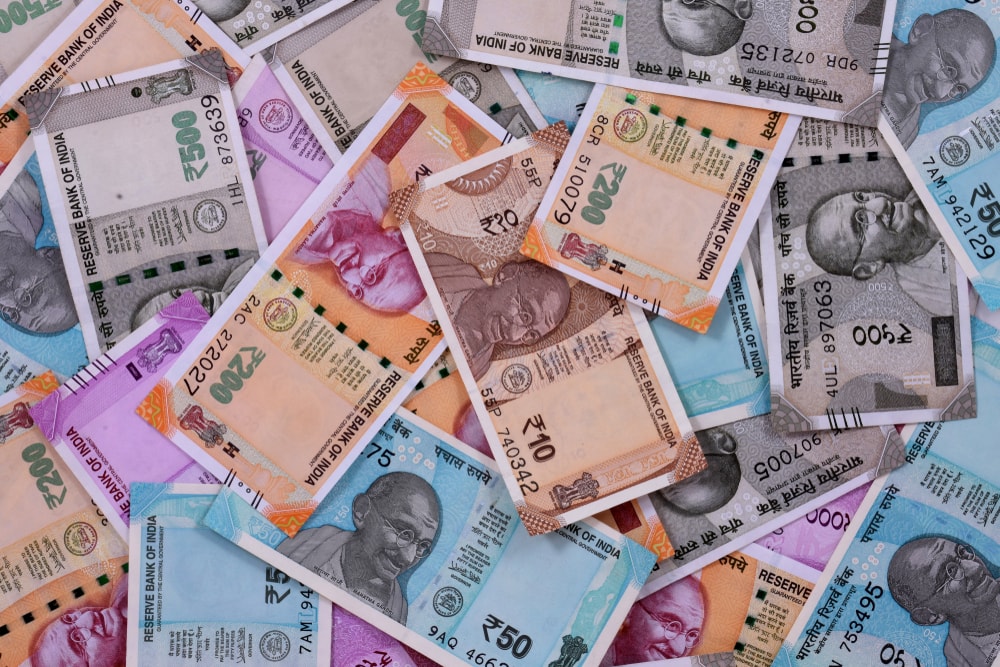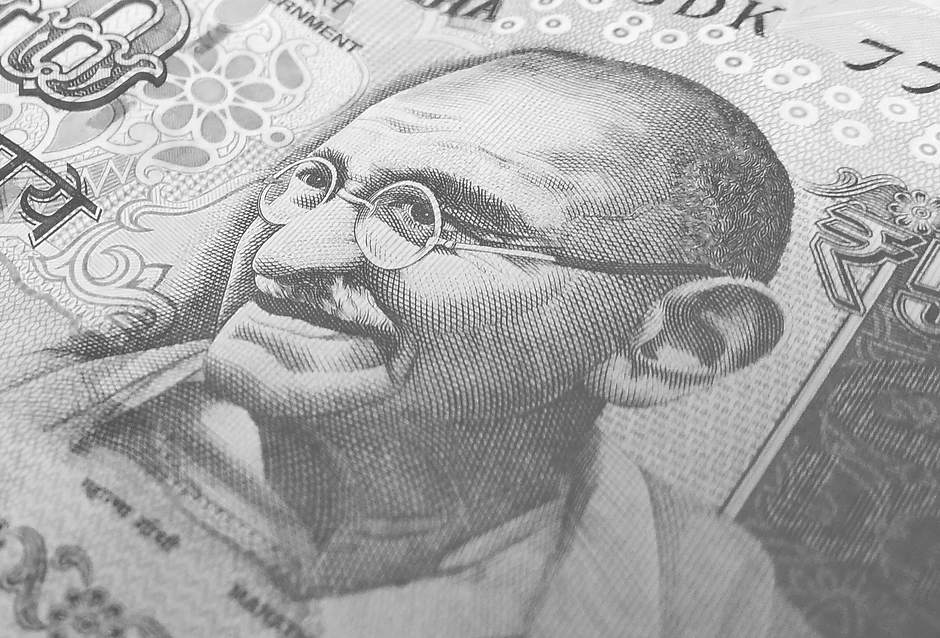

In the 19th century, the British introduced paper money into the subcontinent. History Of The Indian Rupee | indianbanknote In the 18th Century, the Bank of Hindostan General Bank in Bengal and the Bengal Bank became the first banks in India to issue paper currency.During this time paper money was first issued in British India.īank of Hindostan - Sixteen Sicca Rupees | indianbanknoteĪfter the 1857 revolt, the British made the rupee the official currency of colonial India, with the head of King George VI replacing native designs on banknotes and coins. Despite many attempts to introduce the sterling pound in India, the Rupaiya grew in popularity and was even exported as a currency to other British colonies. When the British East India Company set itself up in India in the 1600s, Sher Shah’s silver Rupiya had remained popular. In this era, the evolution of the rupee occurred when Sher Shah Suri defeated Humayun and issued a silver coin of 178 gms known as Rupiya and these coins were remained in use during the Mughal period, Maratha era and British India. The Mughal Empire from 1526 AD consolidated the monetary system for the entire empire. The Delhi Sultanate also attempted to standardise the monetary system by issuing coins of different values. The currency was made up of gold, silver and copper known as Tanka and the lower valued coins known as Jittals.

The Turkish Sultans of Delhi had replaced the royal designs of Indian kings with Islamic calligraphy by the twelfth century AD. Chanakya, prime minister to the first Mauryan emperor mentioned the minting of coins such as Rupyarupa (silver), Suvarnarupa (gold), Tamararupa (copper) and Sisarupa (lead) in his Arthashastra treatise. Indo-Greek Kushan kings introduced the Greek custom of engraving portraits on the coins. Then first Maurya emperor Chandragupta Maurya came up with the Punch Marked Coins minting of silver, gold, copper, or lead. These coins were made of silver and a standard weight but with irregular shapes and different markings like Saurashtra had a humped bull, Dakshin Panchala had a Swastika and Magadha had several symbols. History Of The Coins in India | Wikipedia These Mahajanapadas included Gandhara, Kuntala, Kuru, Panchala, Shakya, Surasena, and Saurashtra.

The first Indian coins were minted by the Mahajanpadas (the Republic Kingdoms of ancient India) known as Puranas, Karshapanas or Panas. Ancient India was one of the earliest issuers of coins in the world, along with the Chinese wen and Lydian staters. The history of the Indian rupee traces back to ancient India in circa sixth century BCE. On July 15, 2010, India introduced a new currency symbol, the Indian rupee sign, ₹.In 1987 Rs 500 note was introduced due to the growing economy and fall in purchasing power.In 1969 Reserve Bank of India issued the Mahatma Gandhi Birth Centenary Commemorative design series on Rs 5 and Rs 10 notes.


 0 kommentar(er)
0 kommentar(er)
